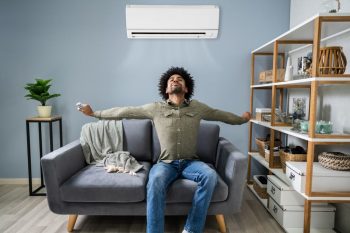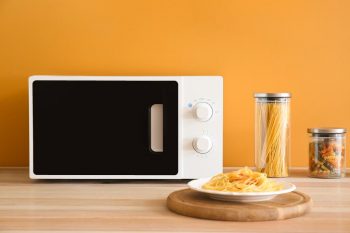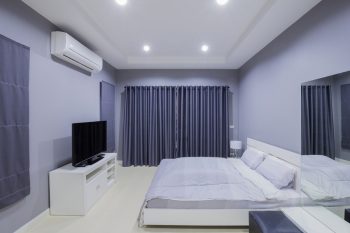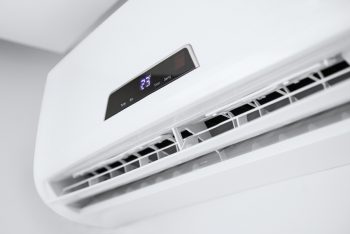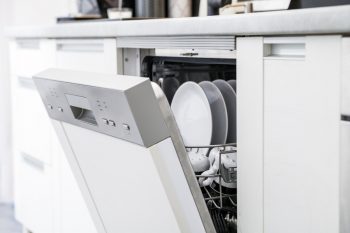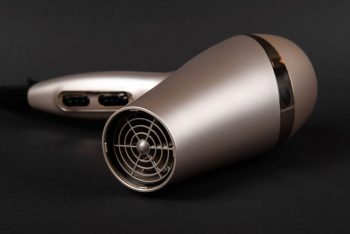
In the heat of the summer, there’s nothing more essential than a cool, comfortable home. However, if you live in a multi-story house, you may have noticed that the upstairs rooms tend to get much hotter than the rest of the house. This can make the upstairs area unbearable, especially during the peak of summer. This article will guide you through various methods on how to get AC upstairs and help you choose the most suitable option for your home.
Getting AC upstairs can be achieved through various methods such as adjusting HVAC dampers, cleaning or replacing air filters, changing the HVAC fan setting, installing a ductless mini-split system, using a portable air conditioner, installing a window air conditioner, or adding a separate heating and cooling system. It’s important to consult with an HVAC professional to determine the most suitable solution for your specific situation.
The Problem with Upstairs Cooling
The main reason why the upstairs area is hotter is due to the simple fact that heat rises. This means that all the heat from the lower floors rises and accumulates upstairs. Additionally, the upstairs area is also closer to the roof, which absorbs heat from the sun, further increasing the temperature.
Methods to Cool the Upstairs Area
There are several methods to cool the upstairs area, each with its pros and cons. Here’s a detailed look at each one:
1. Adjust HVAC Dampers
Adjusting your HVAC dampers can increase airflow to the second floor. During summer, partially or fully close the dampers on the first floor to redirect more cool air to the second floor.
2. Clean or Replace Air Filters
Dirty and clogged air filters restrict airflow, hampering your HVAC unit’s ability to cool the upstairs. Ensure you clean or replace your air filters every 3-4 months.
3. Change the HVAC Fan Setting
If your thermostat’s fan setting is on “auto,” change it to “on”. This will create a more even mix of air throughout the house.
4. Install a Ductless Mini-Split System
Ductless mini-split systems are a good option for cooling the upstairs of a multi-level home. They comprise an indoor air-handling unit and an outdoor condenser and can be installed in individual rooms for customized temperature control.
5. Use a Portable Air Conditioner
Portable air conditioners can be moved to the room where they are needed the most, providing targeted cooling without taking up window space.
6. Install a Window Air Conditioner
Installing a window air conditioner upstairs can help cool specific rooms.
7. Add a Separate Heating and Cooling System
Installing a separate heating and cooling system for the upstairs can help maintain optimal temperature control.
Before making any changes, consult with an HVAC professional to determine the most suitable solution for your specific situation.
Cost Implications for Each Method
The cost of each method varies significantly. For example, portable air conditioners can range from $200 to $600, while installing a new ductless mini-split system can cost between $1,500 and $2,000 per ton (12,000 BTUs per hour).
A window air conditioner unit can cost between $150 and $600, while a separate heating and cooling system can cost between $2,500 and $7,500.
Remember to factor in the cost of professional installation, which can add several hundred to a few thousand dollars to the overall cost.
Energy Efficiency
Each method of cooling your upstairs area also impacts the overall energy efficiency of your home. For example, a ductless mini-split system is highly energy-efficient and can save on utility bills in the long run. On the other hand, while window and portable air conditioners are less expensive upfront, they can use more energy and increase your utility bills over time.
Common Problems and Solutions
You may encounter several problems when trying to get AC upstairs. These can range from dirty air filters and blocked vents to outdated air conditioning systems and leaking air ducts. Regular maintenance and upgrades can solve most of these issues and improve the cooling efficiency of your upstairs area.
Conclusion
Getting AC upstairs can be a challenge, but with the right information and professional help, you can ensure your entire home is cool and comfortable. Whether you choose to adjust your HVAC system, install a new air conditioner, or improve your home’s insulation, remember to consider your specific needs, home layout, and budget to make the best decision.
Frequently Asked Questions
How often should I change my HVAC air filters?
It’s recommended to change your HVAC air filters every 3-4 months. However, if you have pets or someone in your home has allergies, you might need to change them more frequently.
What is the function of HVAC dampers?
HVAC dampers are essentially valves in your duct system that control the flow of air throughout your home. By adjusting these dampers, you can redirect air to specific areas of your home, like your upstairs area during hot summer months.
Can dirty air filters affect the cooling efficiency of my HVAC system?
Yes, dirty and clogged air filters can restrict airflow, making your HVAC system work harder to cool your home. This can also lead to higher energy consumption and increased utility bills.
What is a ductless mini-split system?
A ductless mini-split system is a type of air conditioning system that doesn’t require ductwork. It consists of an indoor air-handling unit and an outdoor condenser. These systems can be installed in individual rooms for customized temperature control.
Is professional installation necessary for all these cooling methods?
While some methods like installing a portable air conditioner can be done on your own, others like adjusting HVAC dampers or installing a ductless mini-split system should be done by a professional to ensure proper installation and efficiency.

